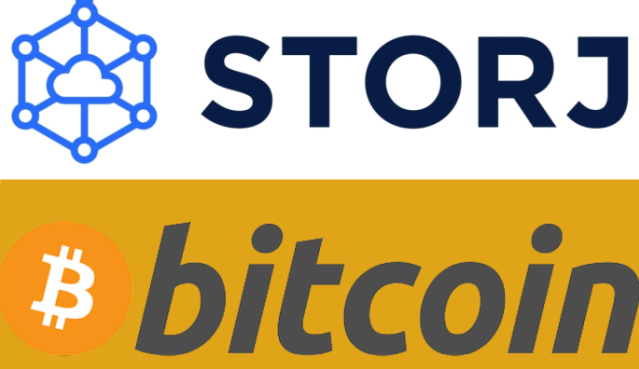

In the ever-evolving landscape of digital technology, we’ve witnessed the birth and growth of cryptocurrencies like Bitcoin, powered by the groundbreaking technology of blockchain.
For those interested in engaging with this digital currency revolution, this Link offers a unique opportunity to explore and participate. As we continue to explore the possibilities of decentralized systems, one area that has gained prominence is decentralized cloud storage.
In this article, we will delve deep into the concept of decentralized cloud storage, focusing on Storj as a pioneering solution.
Contents
Bitcoin, the first cryptocurrency, emerged in 2009 under the pseudonym Satoshi Nakamoto. It functions as a digital form of currency, allowing peer-to-peer transactions without the need for intermediaries like banks. Transactions are recorded on a public ledger called the blockchain.
The blockchain is the underlying technology of Bitcoin, serving as a distributed and immutable ledger. Each block on the blockchain contains a set of transactions, and these blocks are linked together, forming a chain. This technology ensures transparency and security, making it virtually impossible to alter past transactions.
Centralized cloud storage, offered by companies like Amazon Web Services (AWS) and Google Cloud, has been the go-to solution for data storage. However, it comes with inherent vulnerabilities, including data breaches, single points of failure, and control by a few powerful entities.
Decentralized cloud storage addresses these concerns by distributing data across a network of nodes, reducing the risk of a single point of failure. Users can store and retrieve data securely without relying on a central authority.
Decentralized cloud storage is already finding applications in various industries. It is being used for secure file sharing, backup solutions, content delivery networks, and even in the Internet of Things (IoT) sector.
Storj, short for “storage,” is a decentralized cloud storage platform that utilizes blockchain technology to provide secure and efficient data storage solutions. It was founded in 2014 and has gained recognition for its innovative approach to decentralized storage.
STORJ is the native cryptocurrency of the Storj network. It is used to compensate storage node operators and facilitate transactions within the ecosystem. This incentive mechanism encourages active participation in the network.
Users can get started with Storj by creating a digital wallet to hold and manage their STORJ tokens.
Storing and retrieving data on Storj is user-friendly and can be done through the Storj software.
Users can contribute to the Storj network by becoming storage node operators and earning STORJ tokens.
Storage node operators earn STORJ tokens based on the storage capacity they provide to the network.
We provide useful tips and best practices for using Storj securely and efficiently.
We explore emerging trends and developments in the decentralized cloud storage industry, including advancements in technology and adoption rates.
The rise of decentralized cloud storage solutions like Storj could challenge the dominance of traditional cloud providers and reshape the industry.
We discuss the potential for decentralized cloud storage to become a mainstream choice for individuals and businesses.
In conclusion, decentralized cloud storage, exemplified by platforms like Storj, represents a transformative shift in how we store and manage data. With its emphasis on security, cost-efficiency, and decentralization, Storj and similar solutions are poised to play a pivotal role in the future of data storage and management. As the digital landscape continues to evolve, exploring and embracing these technologies can empower individuals and organizations to take control of their data while contributing to a more secure and efficient digital ecosystem.
In business and legal settings, a well-constructed contract acts as a strategic tool that both…
Documents, billing, and insurance cover a large part of any organization's expenditure. For healthcare providers,…
Are you in need of a cladding solution for your building and design project? Well,…
Whether you are just founding your business or are an experienced company owner, you undeniably…
With the rise of online dating, the potential for encountering scammers has increased. Scammers use…
Irritable Bowel Syndrome (IBS) is a functional disorder of gastrointestinal system that resulted by irritability…